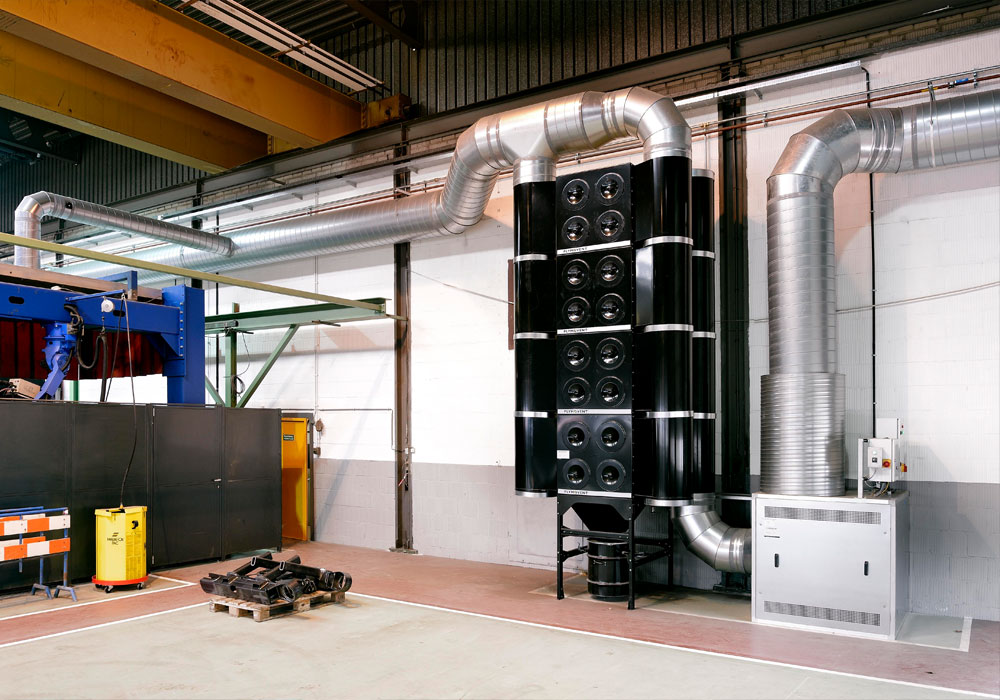The 7 Elements of COSHH Explained
Compliance with COSHH regulations is crucial for employers to ensure the safety and well-being of their employees who are regularly exposed to substances hazardous to health in the workplace. COSHH regulations cover everything from assessing risks and implementing control measures to providing training and information in order to protect employees’ health when they are at work adequately.
In this article, we outline the seven elements of COSHH.
What is COSHH?
COSHH stands for Control of Substances Hazardous to Health and was first introduced in the UK in 2002. COSHH outlines a set of regulations designed to protect workers from the risks associated with exposure to hazardous substances such as:
- Chemicals from plastic and rubber manufacturing
- Dusts such as wood, silica, and flour
- Mists and vapours from paint spraying and chemical manufacturing
- Welding fumes from metalworking
- Gasses
- Mould
These strict regulations aim to prevent or control employees’ exposure to these substances at work, minimising harm.
What Are The 7 Elements of COSHH?
COSHH regulations outline a practical framework comprising seven elements that employers must follow to control and manage hazardous substances in the workplace effectively. These seven elements are as follows:
1: Identify the Health Hazards
Employers must identify and assess the risks associated with hazardous substances in the workplace by:
- Recognising what the hazard is, i.e., gas, dust, or mist.
- Establishing the potential exposure routes, i.e., inhalation or skin contact.
- Determining the extent of exposure (how much of the substance a worker is exposed to).
2: Deciding How to Prevent Harm to Health (Risk Assessment)
When inhaled, some substances can cause asthma, respiratory problems, and even cancer, and many can trigger painful and long-term skin conditions. Employers must complete a risk assessment to ensure workers are adequately protected. A simple risk assessment covers the following:
- What could cause injury or illness
- How likely it is that someone could be harmed, and how seriously
- Identify ways to eliminate the hazard, or if this isn’t possible, control the risk
3: Providing Control Measures to Reduce Harm to Health
Based on the risk assessment, employers need to decide on the appropriate control measures and precautions to prevent or minimise exposure, this could include:
- PPE such as masks, gloves, and overalls
- Ventilation systems
- An LEV system
4: Making Sure Control Measures Are Used
Ensuring that the implemented control measures employed are used consistently and effectively is essential. This means ensuring employees wear the appropriate PPE and that any ventilation systems are used at all times.
5: Monitoring
Once the control measures are implemented, employers must regularly monitor and assess the exposure levels using an exposure monitoring system.
6: Providing Information, Instruction and Training for Workers and Others
To ensure that the control measures are as effective as possible, you must ensure that training and regular refresher training is provided on how they should be used and operated.
7: Planning for Emergencies
Employers must have an emergency response plan in case an incident occurs with a hazardous substance.
By following these seven elements of COSHH, employers can effectively control and manage hazardous substances and adequately protect their employees.

